Tips for Painting MDF
Seal the edges with drywall putty to ensure a consistent coat when painting medium density fiberboard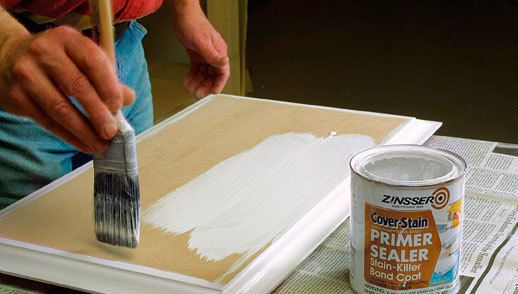
For any painted cabinets, furniture, wall paneling, and some molding, MDF is a great choice of material. Surface faces come from the factory sanded to 150 grit or better, essentially paint-ready. I usually scuff-sand the surface quickly with 120-grit or 150-grit sandpaper to remove any dirt and grime and to provide for better adhesion of the primer coat.
Always use a solvent-based primer
Solvent-based primers (oil-, alcohol-, or lacquer-based) are a must. Never use a water-based product for the initial finish coat. The wood fibers will swell too much when they absorb the water, and you’ll get what is, in effect, raised grain on the surface that will not sand out. After the surface has been sealed with something ese, though, a water-based paint will not affect the MDF adversely. I use latex paint over properly sealed wall paneling and trim molding, but for painted furniture or cabinets, I prefer the finish quality of oil- or lacquer-based paint that is applied with a spray gun.
A nifty way to prep porous edges
The only real difficulty that arises when painting MDF is what to do about the edges, which are more porous than the surface — similar to the end grain of lumber — and drink in most of the finish. I’ve known woodworkers who go to the trouble of edge-banding the MDF. That approach takes more time than the method I prefer, and, no matter how well the edge-banding has been applied and trimmed, a seam still may show at the very edge.
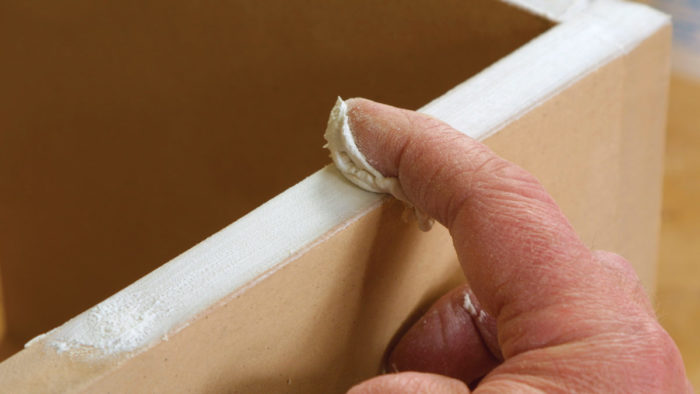
I use drywall compound to fill the edges, whether they are cut squarely or shaped with a router bit, and I apply the compound liberally with a finger or with the palm of my hand. Unlike spackle or conventional wood putties, drywall compound has a soupy texture, so it’s a little sloppy going on. But after it dries, it sands off easily.
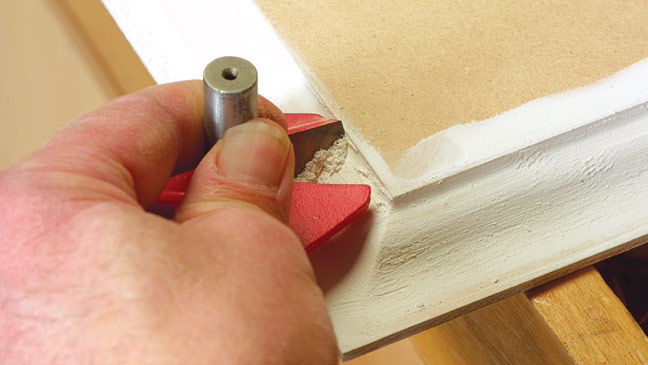
For edges shaped with a router, you can use the same router bit as a scraper to remove the excess globs of compound before touching up the edges with 220-grit silicon-carbide sandpaper.
William Duckworth is a former contributing editor. This is an excerpt from “Working With MDF,” featured in Built-In Furniture, a special newsstand-only publication from the editors of Fine Woodworking.
Do you think MDF belongs in fine furniture? Join the debate.
More on How to Paint Furniture
- How to Create a Sunburst Finish
- Three Steps to a Flawless Painted Finish
- Pigmented Lacquer: Better than Paint
Fine Woodworking Recommended Products


Waterlox Original

AnchorSeal Log and Lumber End-Grain Sealer




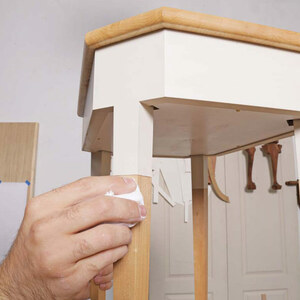

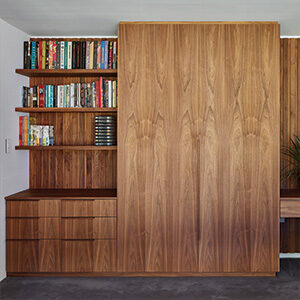






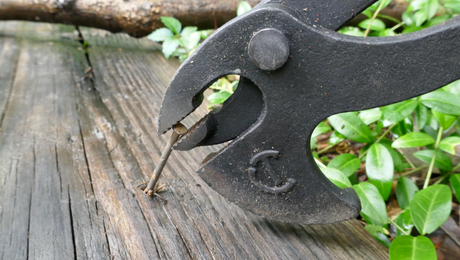








Log in or create an account to post a comment.
Sign up Log in